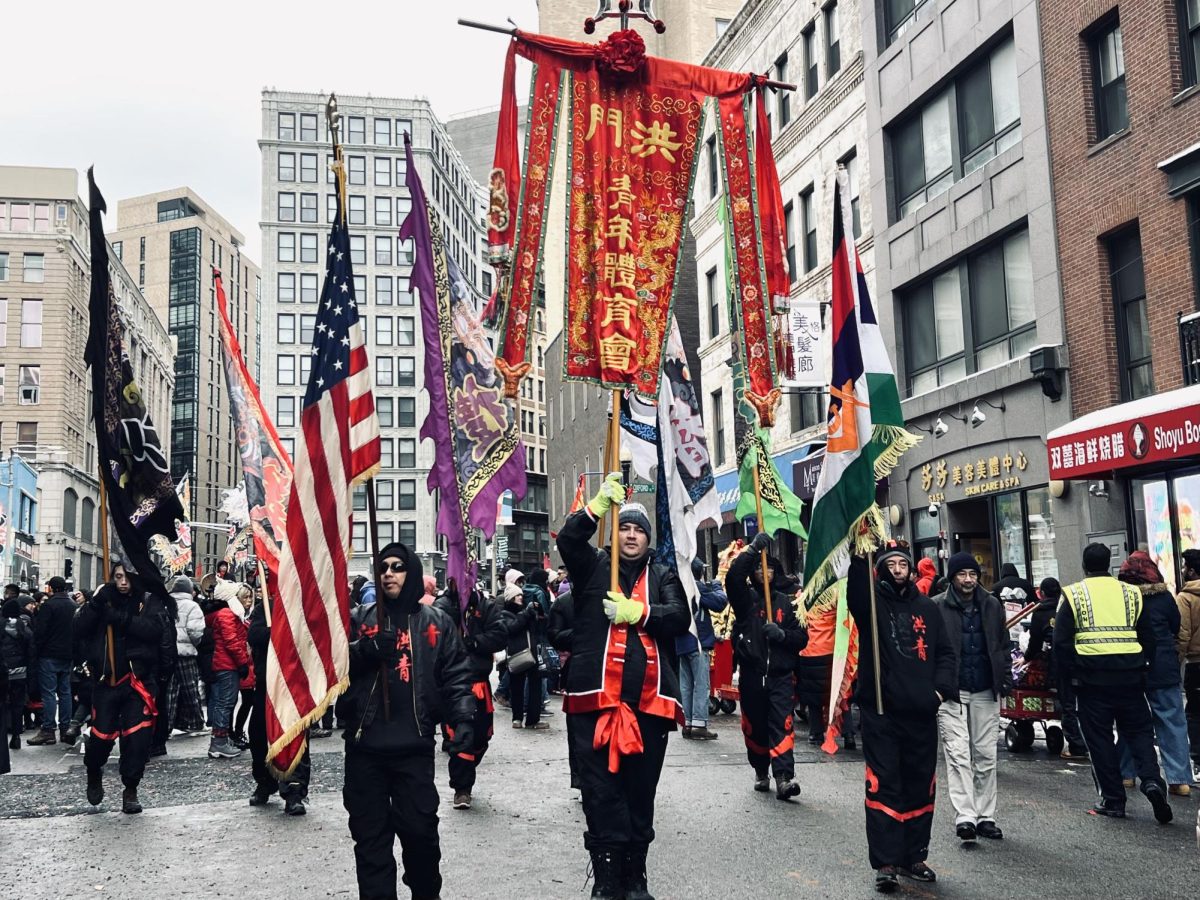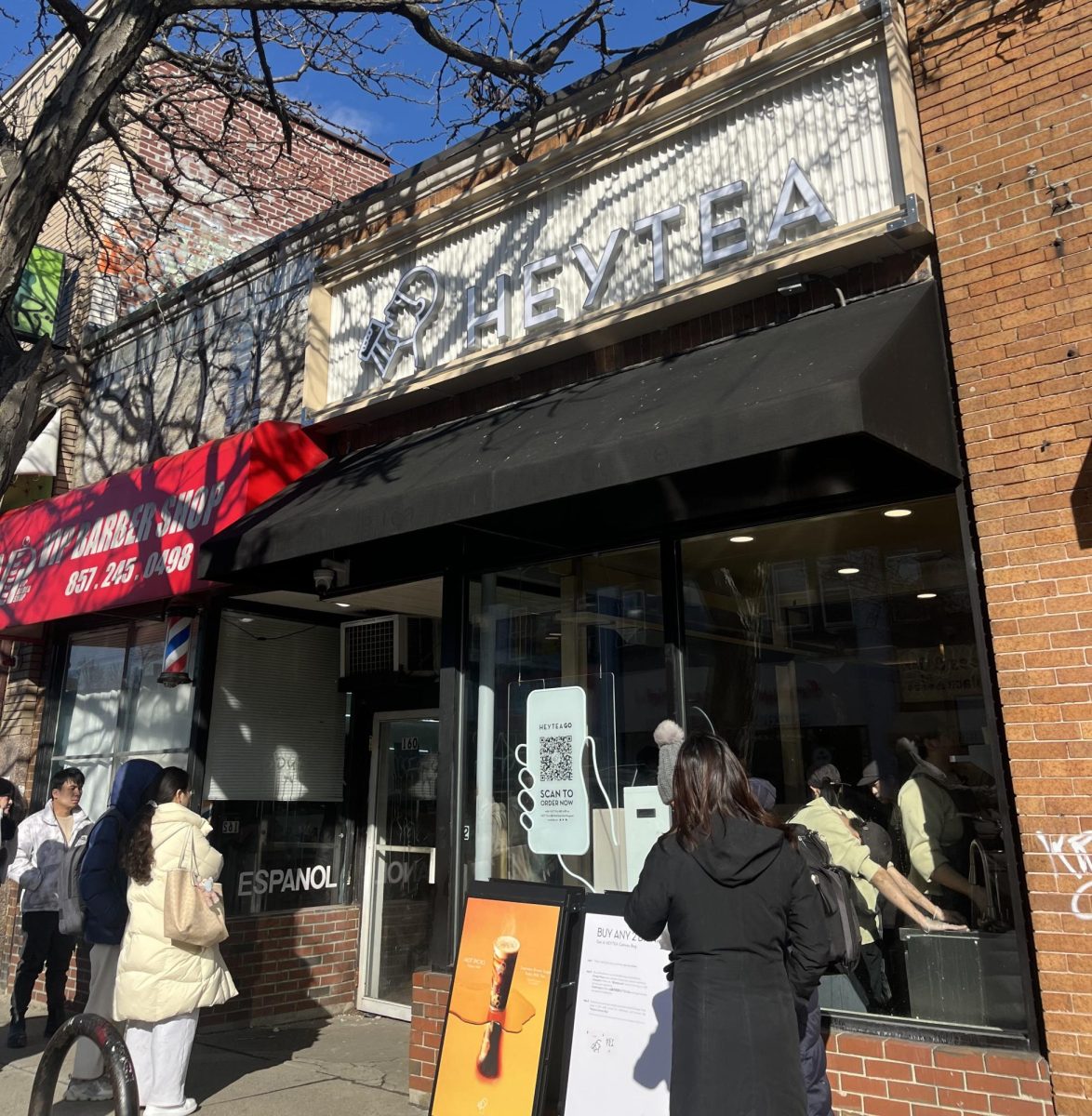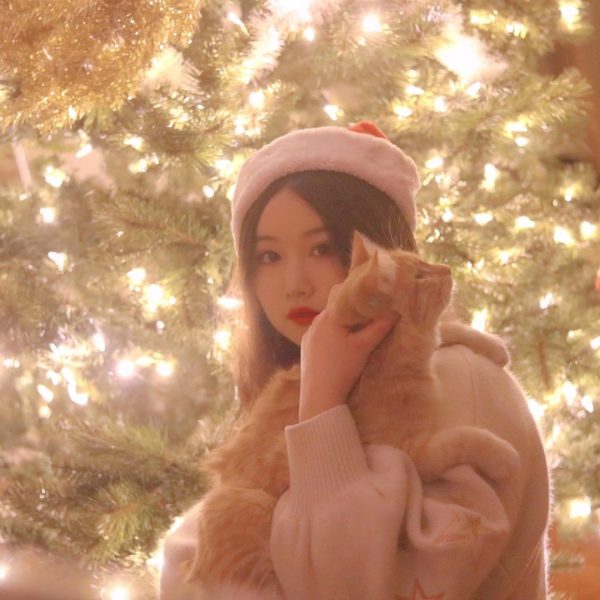In ancient China, people held sacrificial activities on special festivals – Shehuo. While it originated from people’s worship of the earth and fire, Shehuo now refers to various kinds of folk drama performed during traditional festivals.
Zhang Xiao is a Chinese photographer and journalist who has dived deep into a traditional Chinese folk celebration, Shehuo, trying to to help preserve an ancient tradition which is slowly disappearing because of modernization.
Xiao,the 11th recipient of the Robert Gardner Fellowship in Photography at Harvard’s Peabody Museum has been photographing the subject of Shehuo in northwest China’s Shaanxi Province since 2007.
Shehuo is a traditional Chinese folk festival to celebrate the Spring Festival. Its celebration is characterized according to the regional differences across the Chinese state, including prayers for the harvest and religious performances of local folk tales.
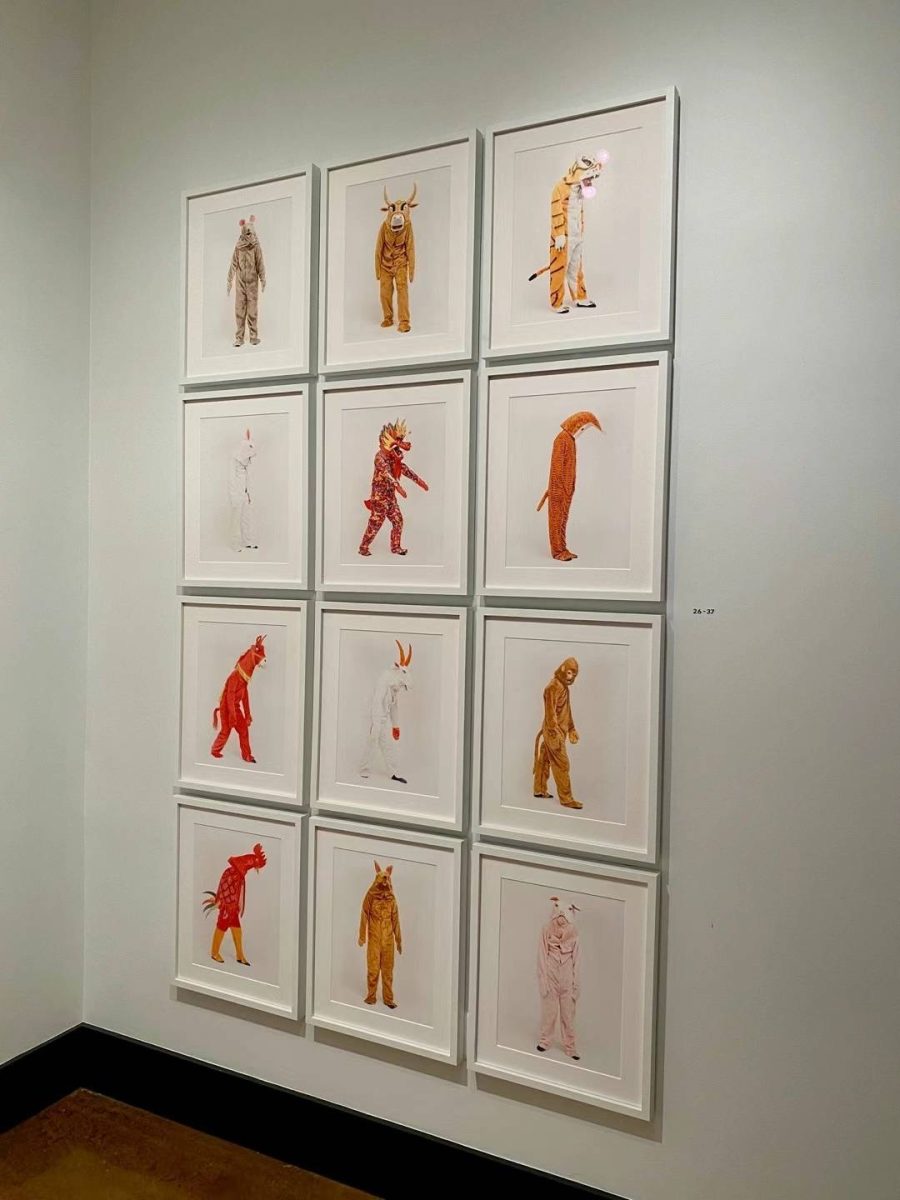
(Jiayi Hao)
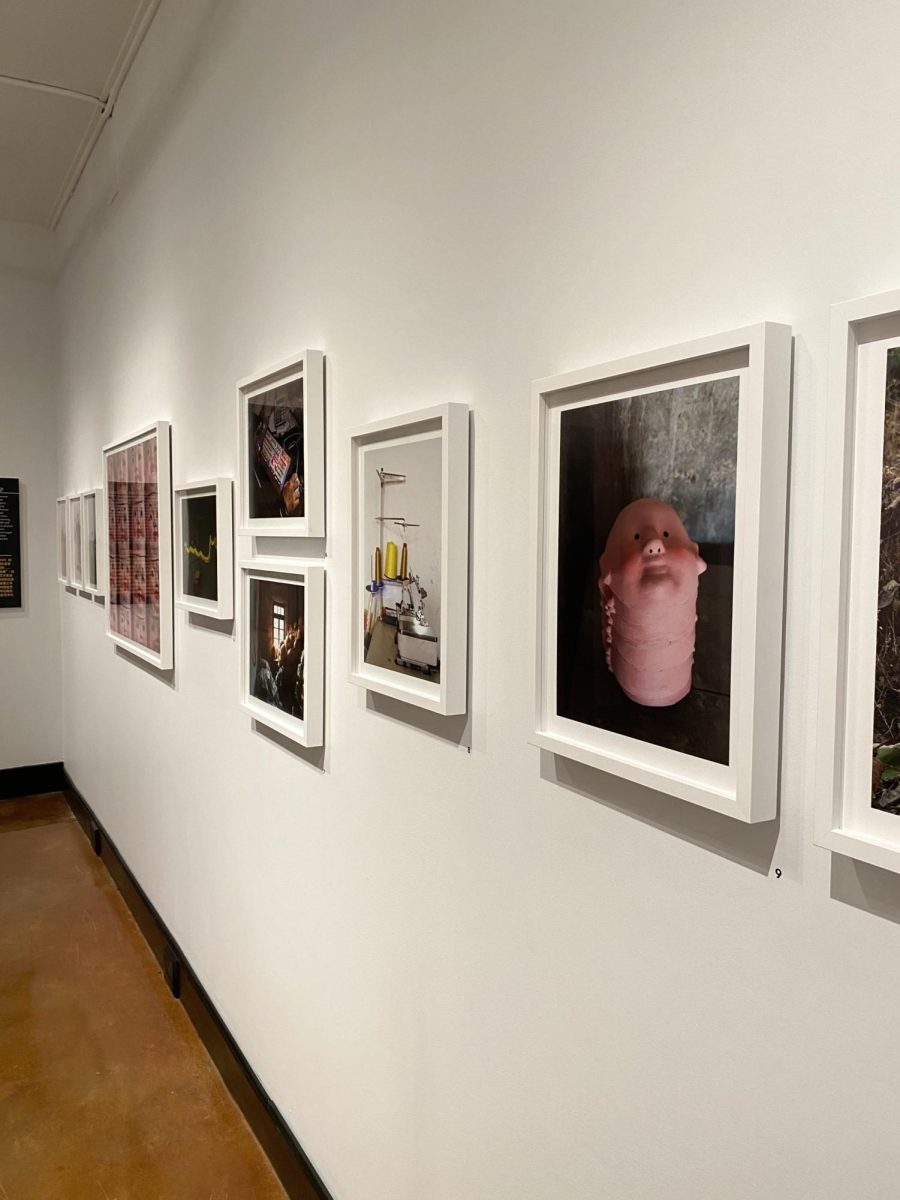
(Jiayi Hao)
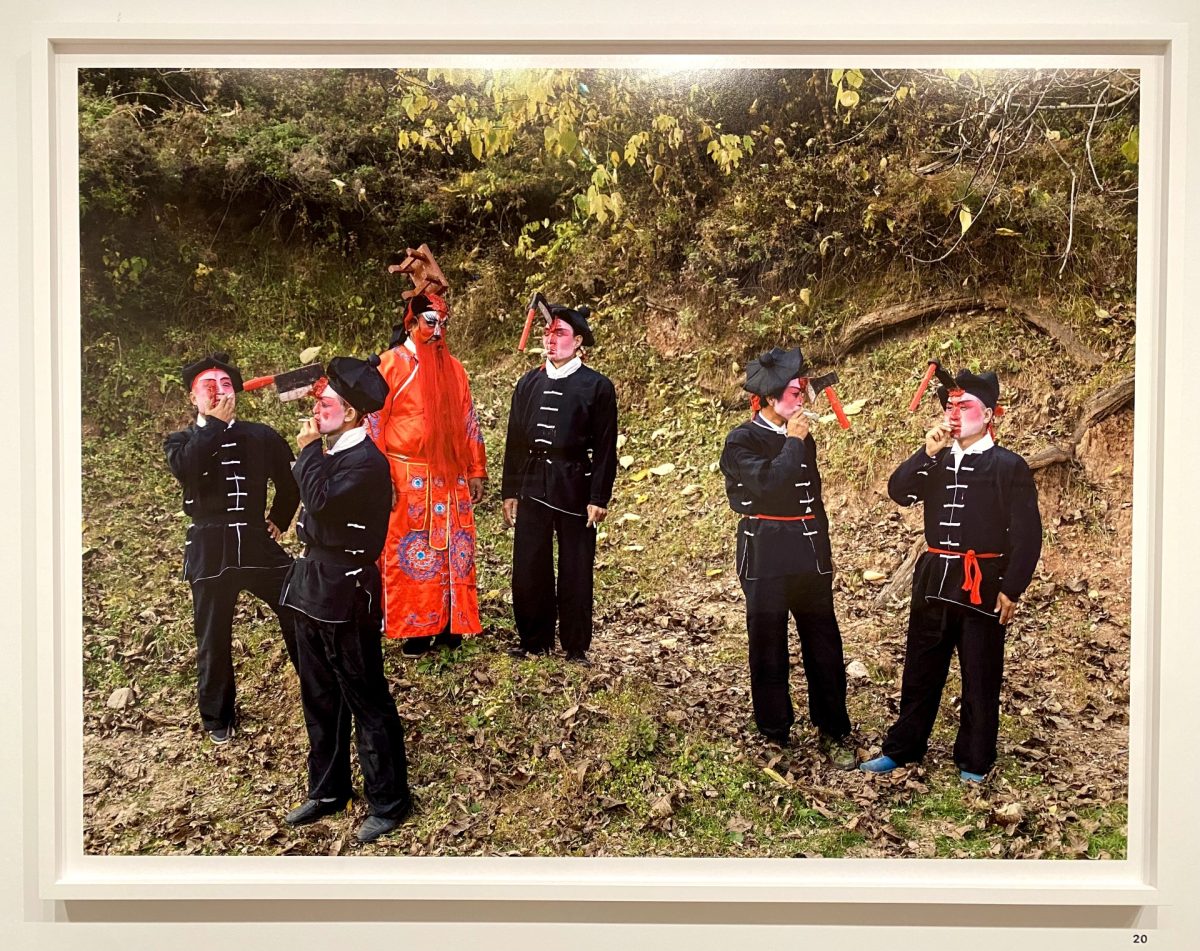
(Jiayi Hao)
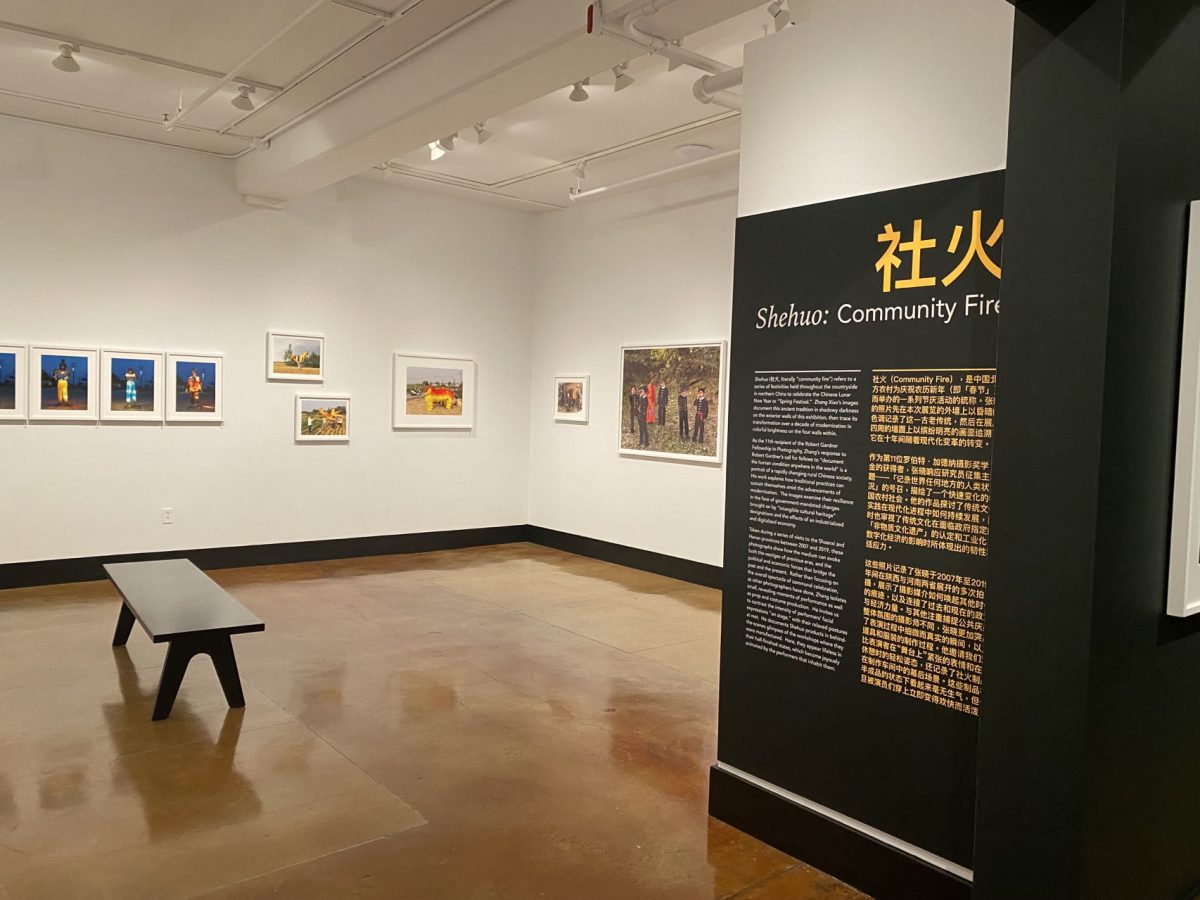
(Jiayi Hao)
In the course of his visits, Zhang Xiao photographed many of the differences between urban and rural China. In 2018, while filming in Shaanxi and Henan provinces, he found that in some villages, almost all the villagers produce and sell Shehuo props. The props include paper dragons and paper phoenixes as well as the Chinese zodiac, plastic doll head cover and brightly colored hand-made costumes for traditional performances. Zhang Xiao began to study the conflict between these traditional Chinese customs and modern civilization in the process of China’s modernization.
“I don’t have a preference for folklore,” said Xiao, who was interviewed in Chinese. “The Shehuo activities during the Spring Festival are really breathtaking, but I was more concerned about the individual status of the Shehuo actors at that time. Usually they work or go to school in the city, but when they wear these gorgeous traditional costumes during the Spring Festival, they become something special.” Xiao said he was more interested in this kind of identity shift.
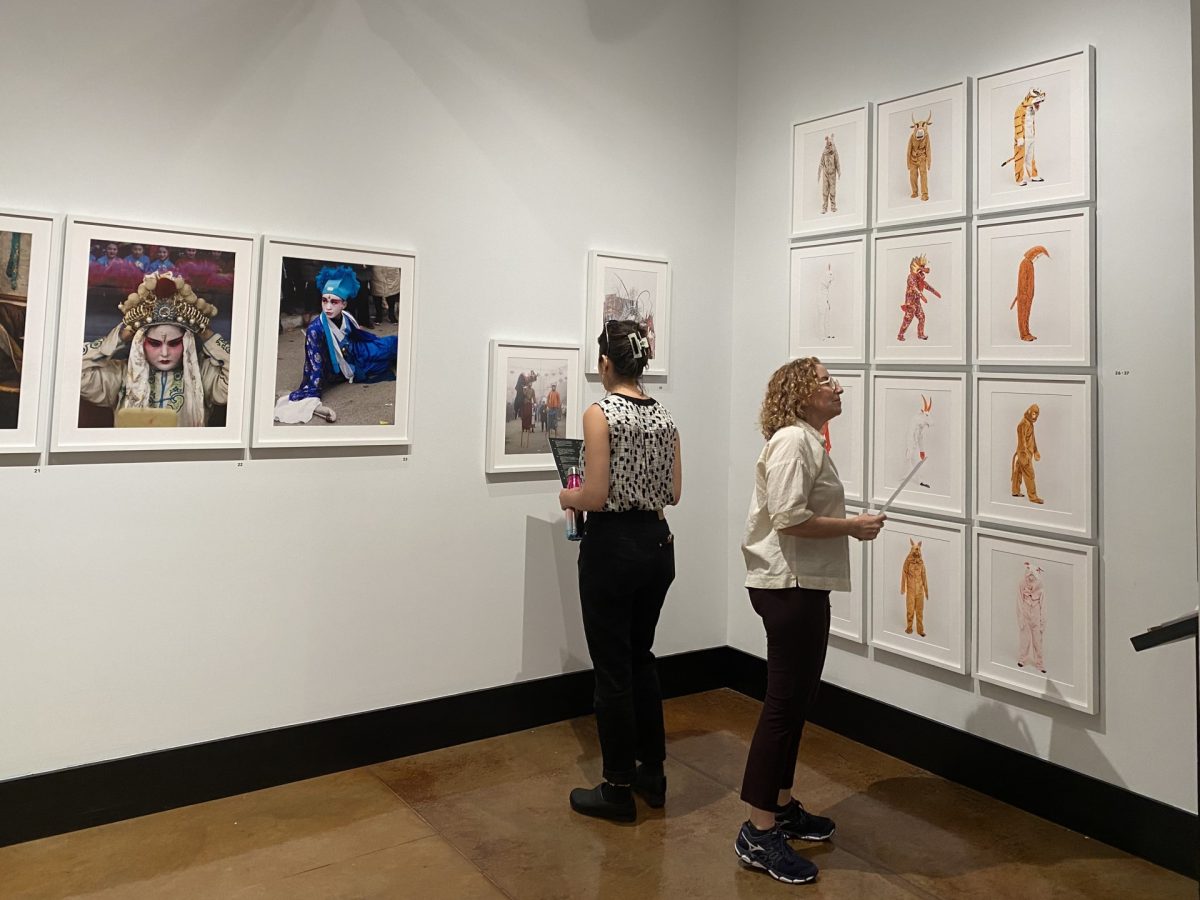
(Jiayi Hao)
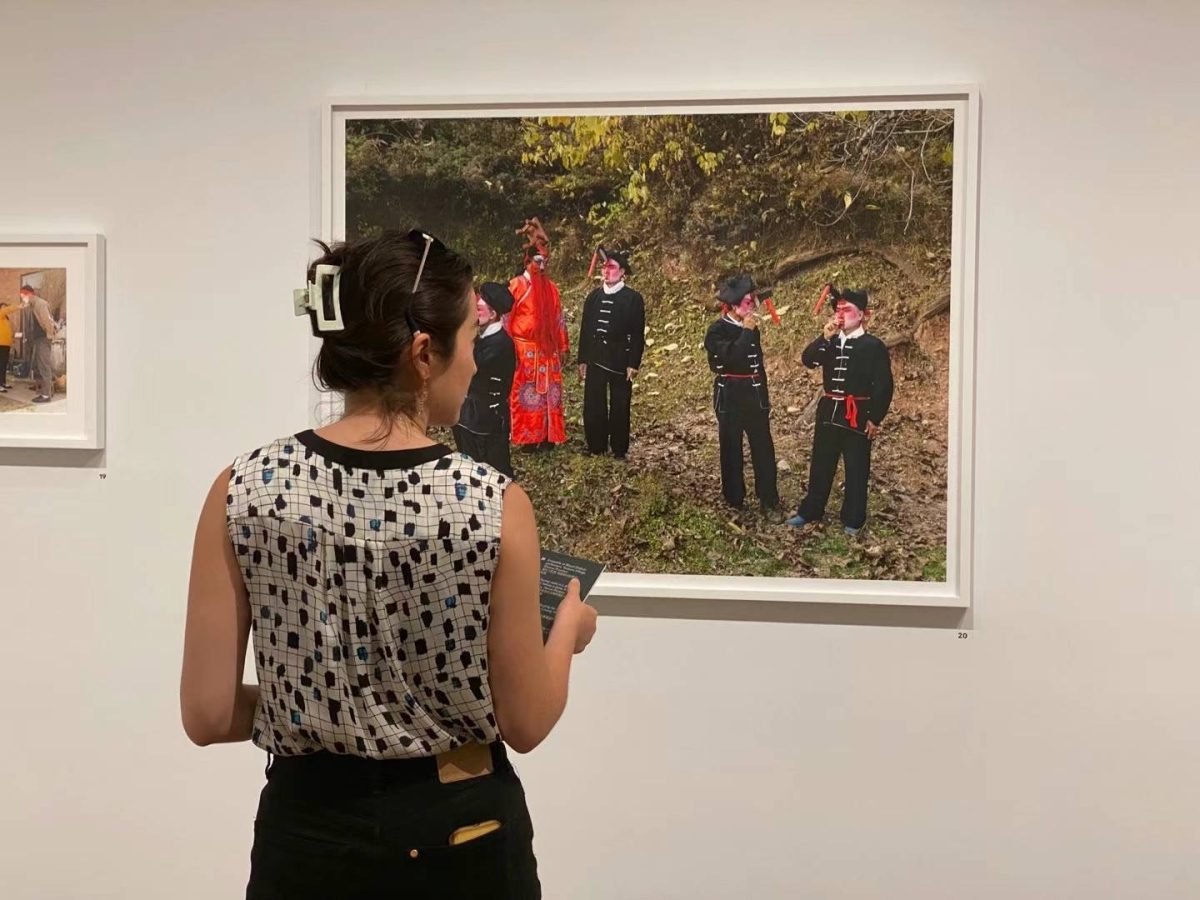
(Jiayi Hao)
However, with the promotion of urbanization and the rapid development of modern civilization in China, this kind of folk culture is gradually going lonely. Fewer and fewer people are taking part in the pious traditions of the past. In ancient times, the meaning of Shehuo was to pray for the harvest of the land in the coming year and to drive away people’s inner fears by singing and dancing as ghosts and gods. Now, Shehuo Festival has become a highly commercial tourism enterprise. Xiao said he has been to Huozhuang, Henan Province, seven times, and each time villagers talk to him most about the cost and profit of the show. Some people will compete by reducing costs and earning small profits, and a large number of less rigorous decorative patterns and cheap gaudy materials also make the performance lose the traditional context.
Even some new props combined with modern society are slowly appearing. “People can’t judge this phenomenon,”Zhang Xiao said. “Commercialization and globalization are inevitable, and at the same time of destruction may also be inherited and restructured through other means,” he added. “Every group of people is faced with social change and changing traditions, and they are always re-creating traditions in new ways, which is how human beings react and make choices in the face of changing circumstances.”

(Cui Xinzi )
However, even though traditional Chinese folk culture is facing challenges now, some young people still show their interest in folk culture. In addition to browsing some short videos of folk performances and posts of folk ghost culture on the Internet, some young people will also spontaneously search for and study these cultural phenomena, consult relevant materials and even carry out field trips and take photos and videos. And all kinds of popular short video platforms give these contents an opportunity to display, and people can slide their mobile phones to see these contents every day without leaving home. For example, the Wandering Gods Show in the southern Fujian region of China has become a hit on the Chinese version of Tiktok (Douyin). The popularity of this unique local culture on the short video platform has also attracted many tourists from other places.
Even in the cities, the inheritance of traditional culture and customs has some expression in the young people. A young female graduate student from China, who requested to stay anonymous, said that in her hometown of Jingzhou, Hubei province, a custom called “calling out the soul” is still practiced in some areas. When some people are frightened, they experience depression and a loss of appetite. Then, the patient’s mother will put the patient’s clothes in the water vat, stand on the edge of the water vat and call the patient’s name to ask him to come back. The woman said that even though she doesn’t know how it works, she still believes the custom works and is not afraid of it.
Cui Xinzi, a student who studied in the United States for two years, said that traditional performances like Shehuo are still performed at important festivals in his hometown. Even though this kind of folk culture is not as popular among young people as it used to be, the master of ceremonies still has a high status in the village. They are not mainstream, but people choose to respect them.
“I want to take some pictures of rural channeling ceremonies for you, but I don’t dare,” Xinzi said. “Because I’m afraid I might offend some of the gods.”
From May 13, 2023 to April 14, 2024, Zhang Xiao’s bilingual photography exhibition will be on display at Harvard’s Peabody Museum.



